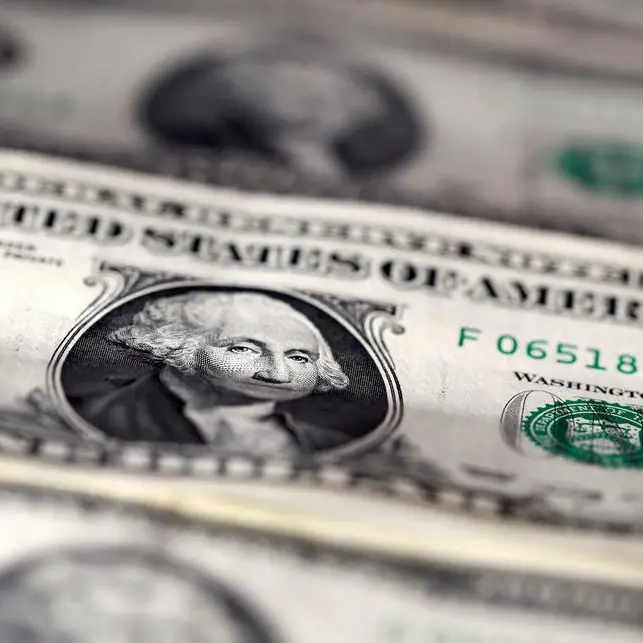PHOTO
The fact that the world did not experience a systemic financial crisis in 2022 is a minor miracle, given the surge in inflation and interest rates, not to mention a massive increase in geopolitical risk. But with public and private debt having risen to record levels during the now-bygone era of ultra-low interest rates, and recession risks high, the global financial system faces a huge stress test. A crisis in an advanced economy – for example, Japan or Italy – would be difficult to contain.
True, tighter regulation has reduced risks to the core banking sectors, but that has only led to risks shifting elsewhere in the financial system. Rising interest rates, for example, have put huge pressure on private-equity firms that borrowed heavily to buy up property. Now, with housing and commercial real estate on the cusp of a sharp, sustained drop, some of those firms will most likely go bust.
In that case, the core banks that provided much of the funding for private equity real-estate purchases could be on the hook. That has not happened yet, partly because lightly regulated firms are under less pressure to mark their books to market. But suppose interest rates remain stubbornly high even during a recession (a distinct possibility as we exit the ultra-low-rate era). In that case, widespread payment delinquencies could make it hard to maintain appearances.
The United Kingdom’s recent financial misfortunes demonstrate the kind of unknowns that could pop up as global interest rates increase. Although former Prime Minister Liz Truss took all the blame for the near-meltdown of her country’s bond markets and pension system, the main culprit turned out to be pension-fund managers who essentially bet that long-term interest rates would not rise too fast.
Japan, where the central bank has kept interest rates at zero or negative for decades, might be the world’s most acutely vulnerable country. In addition to ultra-low rates, the Bank of Japan has also engaged in yield curve control, capping five-year and ten-year bonds at around zero. Given the increase in real interest rates around the world, the yen’s sharp depreciation, and high inflationary pressures, Japan may finally exit its near-zero era.
Higher interest rates would immediately put pressure on the Japanese government, as the country’s debt amounts to 260% of GDP. If one were to integrate the BOJ’s balance sheet, roughly half the government debt bought by the private sector is effectively in short-maturity bonds. A 2% interest-rate increase would be manageable in a high-growth environment, but Japan’s growth prospects will most likely decline as long-term real interest rates continue to rise.
Japan’s enormous government debt almost certainly constrains policymakers’ options for managing long-term growth. Still, given the government’s taxation powers and the possibility of inflating away the debt, the problem should be manageable. The real question is whether there are hidden vulnerabilities in the financial sector that could be unearthed if inflation continues creeping up and Japan’s real interest rates increase to US levels. That has been the norm through most of the past three decades, even though Japan’s inflation expectations are currently much lower than in the US.
The good news is that after nearly three decades of ultra-low interest rates, Japanese expectations for near-zero inflation are well anchored, albeit likely to change if today’s inflationary pressures prove long-lasting. The bad news is that the persistence of these conditions could easily lure some investors into believing that rates will never go up, or at least not by much.
This means that bets on interest rates remaining relatively low might become rampant in Japan, as they previously had in the UK. In this scenario, further monetary tightening could blow things up, creating instability and adding to the government’s budget problems.
Italy is another example of latent risk. In many ways, ultra-low interest rates have been the glue holding the eurozone together. Open-ended guarantees for Italian debt, in line with former European Central Bank President Mario Draghi’s 2012 promise to do “whatever it takes,” were cheap when Germany could borrow at zero or negative rates. But this year’s rapid interest-rate hikes have changed that calculus.
Today, Germany’s economy looks more like it did in the early 2000s, when some called it “the sick man of Europe.” And while Europe is comparatively new to ultra-low rates, one has to be concerned that a sustained wave of monetary tightening could, as with Japan, reveal enormous pockets of vulnerability.
If there is a global recession without a financial crisis, there is a decent chance that the coming economic downturn will be milder than expected. In an environment of negative growth, high inflation, and rising real interest rates, that would be a very fortunate outcome.
- Kenneth Rogoff, Professor of Economics and Public Policy at Harvard University and recipient of the 2011 Deutsche Bank Prize in Financial Economics, was the chief economist of the International Monetary Fund from 2001 to 2003.
Copyright © 2022 Khaleej Times. All Rights Reserved. Provided by SyndiGate Media Inc. (Syndigate.info).




















